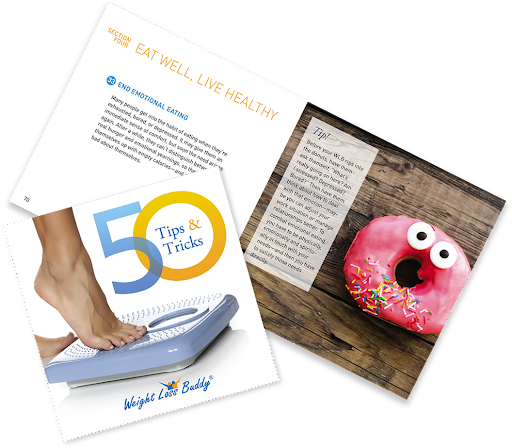Is it Safe to Work Out While You’re Sick?

When a dead-of-winter cold — with its totally pleasant symptoms such as a runny nose and non-stop sneezing — hits you like a ton of bricks, you might debate whether continuing with your daily exercise routine is a good idea. While a bit of movement after lounging on the couch all day sounds rejuvenating, is working out while sick actually what the doctor would order? Here, an exercise physiologist answers that very question. Plus, she breaks down how to stay safe and recover properly if you do decide to exercise while sick.
Should You Work Out When You’re Sick? If you’re itching to get in a workout while ill, there’s good news: For the average person, it’s typically safe to exercise while sick if you’re experiencing symptoms that occur above the neck, such as runny nose, headache, nasal congestion, or sneezing, says Heather A. Milton, M.S., R.C.E.P., C.S.C.S., a board-certified clinical exercise physiologist at NYU Langone Health’s Sports Performance Center.
In fact, working out while sick may actually help you feel better, says Milton. As you exercise, your body releases the hormones and neurotransmitters epinephrine and norepinephrine, both of which increase your heart rate and contractility (the force of your heart’s contractions) and elevate your respiratory rate, she explains. Your muscles will receive more blood flow and oxygen, and your airways will open up to take in more oxygen, according to the Cleveland Clinic. And this fluid movement can simply make you feel more sprightly, says Milton. Your workout will also give you a hit of dopamine, a neurotransmitter and hormone that can boost your mood, which can be exactly what you need after sneezing in bed all day, she says. (It should go without saying, but you shouldn’t exercise with others while you’re sick with a contagious illness, so stick with solo workouts if that’s the case.)
Excerpted from Shape













